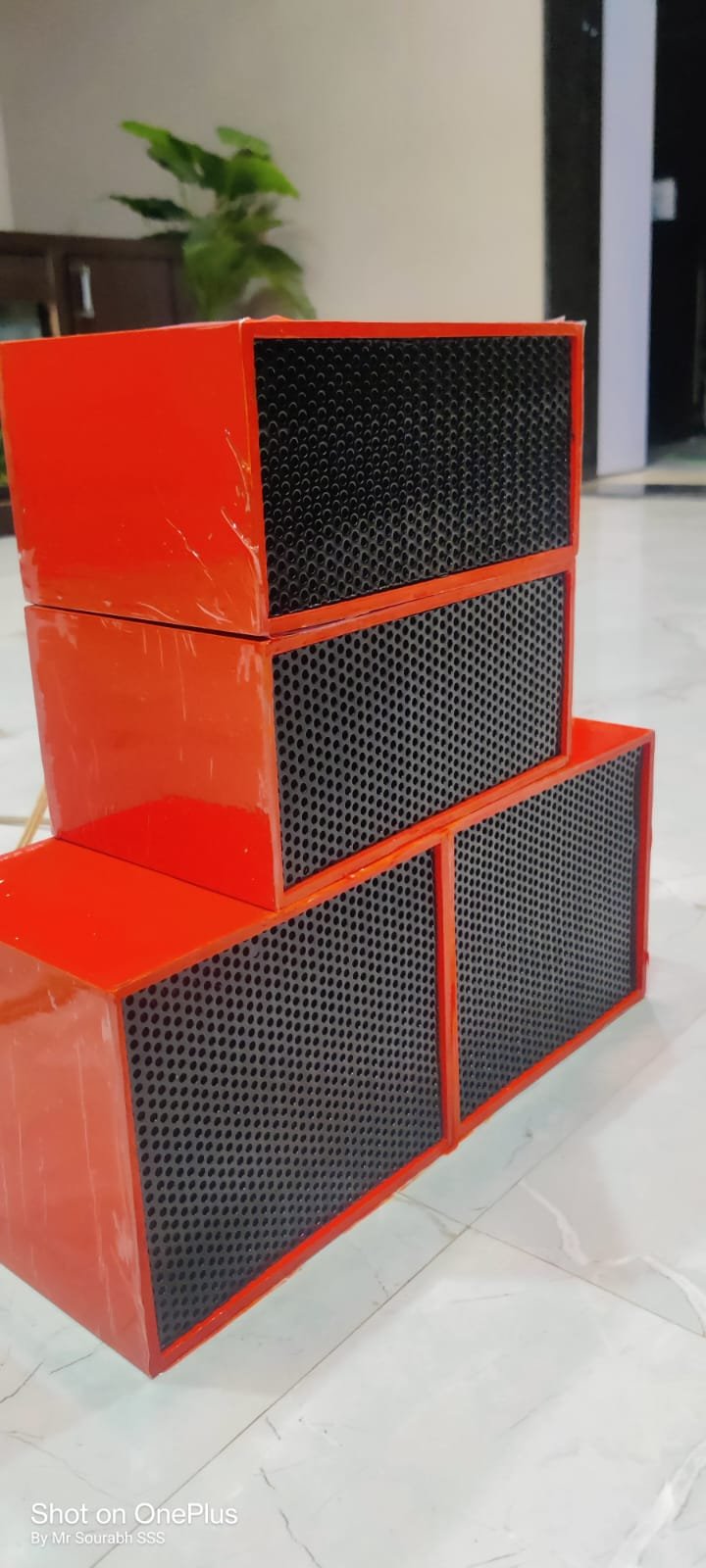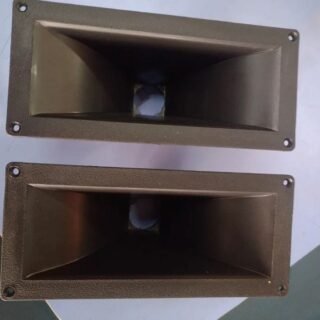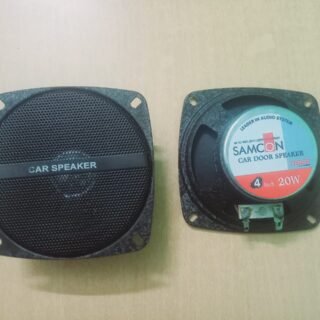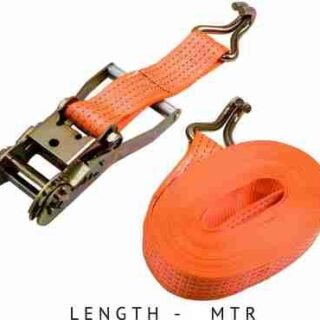Speaker Setup without Amplifier
Original price was: ₹3,999.00.₹3,499.00Current price is: ₹3,499.00.
Setting up speakers without an amplifier typically means using powered (active) speakers, which have a built-in amplifier. Powered speakers are self-contained, making them a convenient choice for many audio setups, from home theaters to public address systems. Here’s a guide on how to set up a speaker system without needing an external amplifier:
Speaker Setup Without an Amplifier
Setting up speakers without an amplifier typically means using powered (active) speakers, which have a built-in amplifier. Powered speakers are self-contained, making them a convenient choice for many audio setups, from home theaters to public address systems. Here’s a guide on how to set up a speaker system without needing an external amplifier:
1. Choose Powered (Active) Speakers
To set up speakers without an amplifier, you need to use powered speakers, which have a built-in amplifier and do not require an external power source for amplification.
Key Features of Powered Speakers:
- Built-in Amplification: Powered speakers come with their own internal amplifiers, meaning you do not need an external amplifier to drive them.
- Connectivity: These speakers typically have built-in inputs such as XLR, RCA, or 3.5mm jack for easy connections to your audio source (e.g., audio mixer, laptop, smartphone).
- Volume Control: Most powered speakers have a volume control on the speaker itself, allowing you to adjust the sound without needing a separate volume controller.
2. Connect Audio Source to Powered Speakers
You will need to connect your audio source (such as a smartphone, laptop, or audio mixer) to the powered speakers.
Connection Methods:
- Bluetooth Connection: If the powered speaker supports Bluetooth, you can wirelessly connect your smartphone or laptop directly.
- Wired Connection:
- RCA to RCA or 3.5mm to RCA: If your audio source has a 3.5mm headphone jack, you can connect it to the RCA input on the powered speaker.
- XLR or TRS to XLR/TRS: For professional setups, use balanced connections (XLR or TRS) for clear sound without interference.
Make sure to select the right type of cable based on the inputs and outputs of your device and speakers.
3. Power the Powered Speakers
Plug the powered speakers into an electrical outlet. These speakers require power to run their internal amplifiers, so ensure you have access to a power source nearby.
- AC Power Cable: Most powered speakers come with an AC power cable, which you’ll plug into a standard power outlet.
- Ensure Proper Voltage: Check that the voltage rating of your speakers matches the power supply in your location.
4. Adjust Speaker Settings
Once everything is connected, turn on the powered speakers and your audio source. Use the speaker’s volume control to adjust the output to your desired level. Some powered speakers may also include other settings such as bass, treble, or EQ controls.
- Crossover (if available): If your speakers have a built-in crossover, adjust it to filter out unwanted low frequencies and focus on delivering clear mid and high frequencies.
5. Optional: Additional Speakers for Stereo Sound
If you’re using more than one speaker for stereo sound, ensure both speakers are connected to the audio source, either via stereo RCA, balanced XLR, or Bluetooth.
- Left and Right Speakers: Position the speakers appropriately for optimal soundstage, with one speaker on the left side and the other on the right.
- Stereo Audio Source: Ensure your audio source is set to output stereo audio for balanced left/right sound.








Reviews
There are no reviews yet.